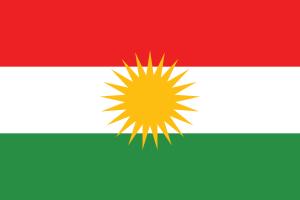Language/Northern-kurdish/Grammar/Future-Tense
Hi Northern Kurdish learners! 😊
In this lesson, we will learn about the future tense in Northern Kurdish. We will look at how to form the future tense, as well as some examples of how it is used.
Forming the Future Tense
The future tense in Northern Kurdish is formed by adding the suffix -e to the verb stem. For example, the verb "to go" is "dige" in the present tense, and "dig-e" in the future tense.
Examples
| Northern Kurdish | Pronunciation | English Translation |
|---|---|---|
| dig-e | di-ge | I will go |
| xwend-e | kwen-de | I will read |
| dî-e | dee-e | I will see |
| bi-e | bee-e | I will come |
| bib-e | bee-be | I will drink |
Using the Future Tense
The future tense is used to talk about actions that will happen in the future. It can also be used to make predictions about the future.
For example:
- Ew ê dig-e. (She will go.)
- Min ew ê bi-e. (I think she will come.)
It can also be used to express intention or willingness to do something.
For example:
- Min xwend-e. (I will read.)
- Ew bib-e. (She will drink.)
➡ If you have any questions, please ask them in the comments section below.
➡ Feel free to edit this wiki page if you think it can be improved. 😎

